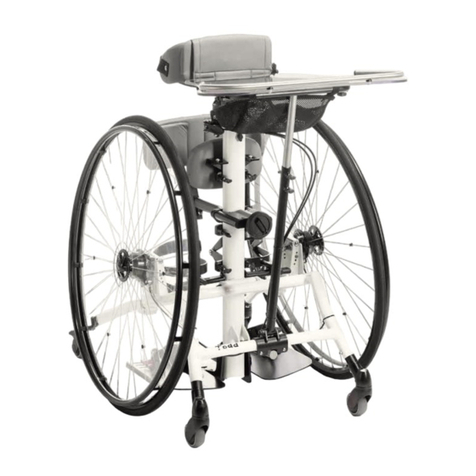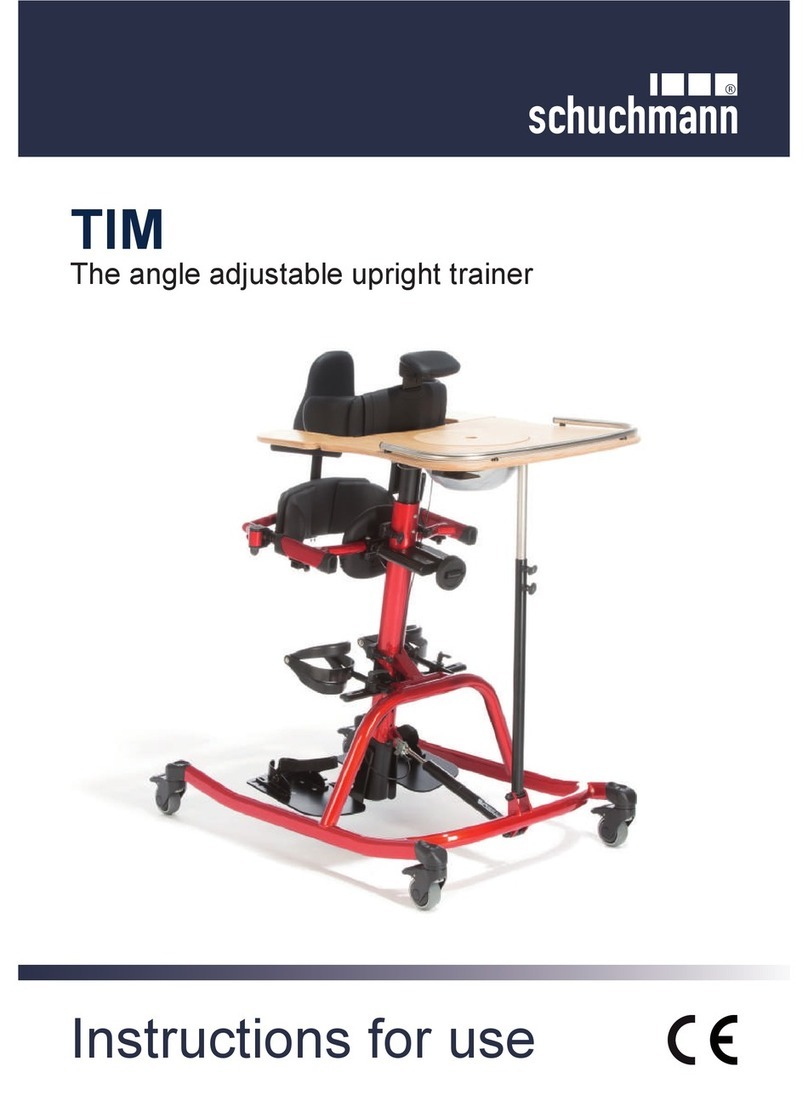
03 Contents.
1. Preparation. ...................................................................................05
1.1 Delivery....................................................................................................................... 05
1.2 Safety measures prior to use.......................................................................... 05
1.3 Sicheres Entsorgen .............................................................................................. 05
1.3.1 Packaging............................................................................................... 05
1.3.2 Product.................................................................................................... 05
1.4 Where to store the Instructions for use..................................................... 05
2. Product description. .......................................................................06
2.1 Material information............................................................................................ 06
2.2 Handling and transport ................................................................................... 06
2.3 Application areas, use according to the intended purpose..........07
2.4 Use not in accordance with the intended
purpose / warning guidelines.............................................................................. 08
2.5 Equipment for basic model............................................................................ 08
2.5.1 Equipment acc. HMV (Medical Aids Register)...................... 08
2.6 List of accessories............................................................................................... 09
2.7 Product overview................................................................................................. 09
2.8 General settings.................................................................................................... 10
2.9 Getting in and out..................................................................................................11
3. Settings. ........................................................................................12
3.1 Angular adjustment of the central column ...............................................13
3.2 Height adjustment on the central column ...............................................13
3.3 Footplate...................................................................................................................14
3.4 Geteilte Fußplatte .................................................................................................14
3.5 Heel edges................................................................................................................15
3.6 Footstraps .................................................................................................................15
3.7 Knee pelotte pads ................................................................................................15
3.8 Pelvic frame..............................................................................................................16
3.9 Combined spine and pelvic pelotte pad..................................................17
3.10 Buttocks pelotte pad.........................................................................................18
3.11 Ventral pelvic pelotte pad ...............................................................................18
3.12 Chest pelotte pad with lateral guide........................................................19
3.13 Backstrap.................................................................................................................19
3.14 Back pelotte pad................................................................................................20
3.15 Headrest..................................................................................................................20
3.16 Therapy tables ......................................................................................................21
3.16.1 Therapy table with depression....................................................21
3.16.2 Adjustable arm supports..............................................................22
3.17 Chin support..........................................................................................................22
4. Repairs and cleaning. .....................................................................23
4.1 Cleaning ....................................................................................................................23
4.2 Repairs.......................................................................................................................23
4.3 Spare parts..............................................................................................................23





























